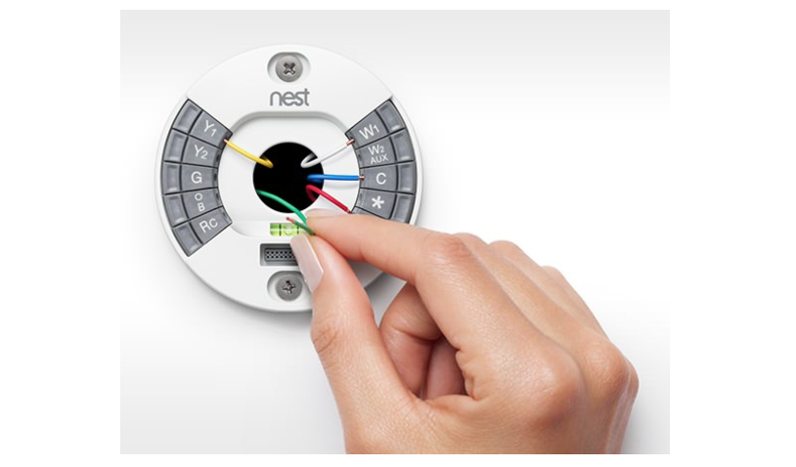To look at what is on the horizon for Nest in the smart home industry it’s important to first understand the company’s history. The early years saw a common pattern for a startup with a singular newsworthy event per year. It began in 2011 with the introduction of the first-generation Learning Thermostat. This was a giant leap forward from the traditional white rectangle programmable model in most homes. It was also a quantum leap forward from the previous version of a round thermostat that had a mercury switch in it. A quick release of the second-generation Learning Thermostat in 2012 introduced a slimmer profile without any feature upgrades. In 2013 no new thermostats were released; instead the product line expansion of Nest started with the release of the first-generation Protect smoke and carbon monoxide detector. This product looked cooler than the traditional detectors and introduced the ability to do remote status checks to another fundamental home feature.
2014 was the year that everything changed for Nest as it was acquired by Google. No products were introduced in 2014, but the company underwent some fundamental changes as it acquired Dropcam and ramped up its development. There were three Nest devices released to the market in 2015; two of them were existing devices with significant feature updates: the third-generation Learning Thermostat and second-generation Protect. The new product inspired by the previous year’s acquisition was the Nest Cam Indoor. 2016 brought the release of the Nest Cam Outdoor, a weatherproofed version of the indoor model.
The next significant phase in the growth of Nest took place in 2017. The introduction of image sensing to both cameras (labeled as IQ versions) was met with mixed reviews. The reaction was more positive to both the release of the Nest Thermostat E, a less costly thermostat with most of the same features, and the release of the Nest Secure alarm system. With additional announcements of the near-term release of both the Nest Hello doorbell and the Nest x Yale lock, Nest finished 2017 with a flourish. It was clear that Nest was touting its adaption from just a thermostat company to a one-stop shop for all your smart home needs.
The doorbell and the lock were released to the market in 2018. Also announced was the introduction of a temperature sensor that can be paired with the Learning thermostat. The industry buzz in 2018 is all about integration. The multitude of smart devices that are being implemented in homes can be cumbersome from an app perspective. The Nest success with the consumer experience continues as all 11 devices can be controlled within the singular Nest app. Considerable effort has gone into making all the Nest devices scalable, so you can choose what you want and how many without worrying that a certain device is required to be fully integrated.
If you set up your Nest devices to participate in Home/Away assist, envision this scenario: as you approach the front door the Nest x Yale lock unlocks, the Nest third-generation Learning thermostats adjust to the preferred temperature, the Nest Secure alarm system disarms, and the Nest Cam IQ Indoor stops recording to protect your privacy. Thirty seconds after you enter, the Nest x Yale lock re-engages. All these adjustments have happened automatically.
Google/Nest is working hard on adding the Google Assistant voice control to the lineup of existing devices. The future roadmap for the company is to be the most comprehensive smart home manufacturer in the industry. Amazon and Apple will surely have something to say about that plan, but for now Google/Nest has taken the lead.


